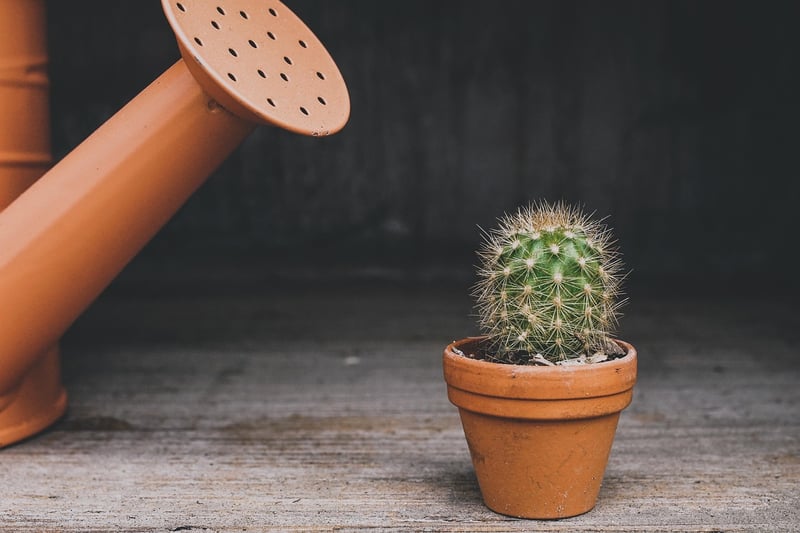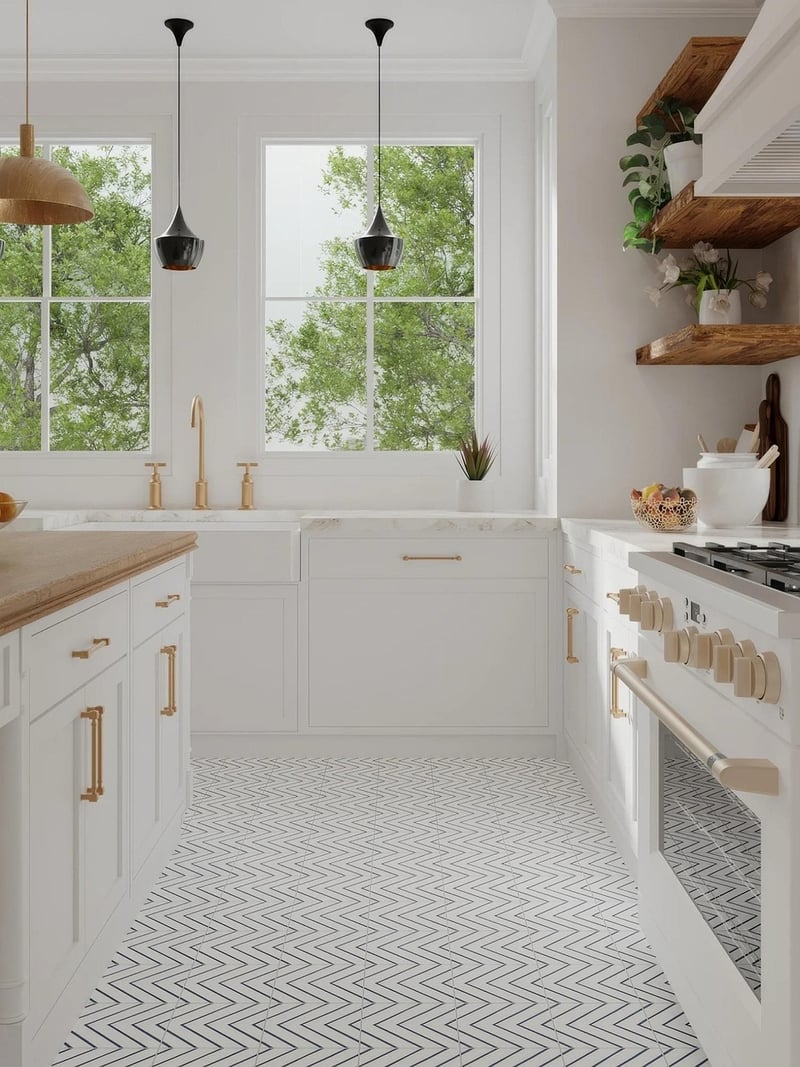Biophilic Design
Enhancing Indoor Spaces with Biophilic Design
Creating indoor spaces that connect people with nature can have a profound impact on our well-being and productivity. Biophilic design, which integrates natural elements into built environments, has gained popularity for its ability to enhance spaces and improve the quality of life for occupants.
Benefits of Biophilic Design:
- Improved air quality
- Reduced stress and anxiety
- Increased creativity and focus
- Enhanced overall well-being

Ways to Incorporate Biophilic Design:
- Introduce plants and greenery into the space
- Maximize natural light and views of the outdoors
- Use natural materials like wood and stone
- Create indoor gardens or living walls

Case Studies:
Many businesses and institutions have successfully implemented biophilic design principles in their spaces. For example, Amazon's Spheres in Seattle feature a variety of plant species, creating a lush indoor environment for employees to work and relax.
Similarly, the ASID Headquarters in Washington, D.C., incorporates natural materials and ample greenery to promote a healthy and inspiring workspace for its members.
Conclusion:
By embracing biophilic design, we can transform indoor spaces into vibrant, healthy environments that benefit both people and the planet. Whether in homes, offices, or public places, incorporating elements of nature can have a positive impact on our lives.
Let's bring the outdoors inside and reap the rewards of biophilic design!
